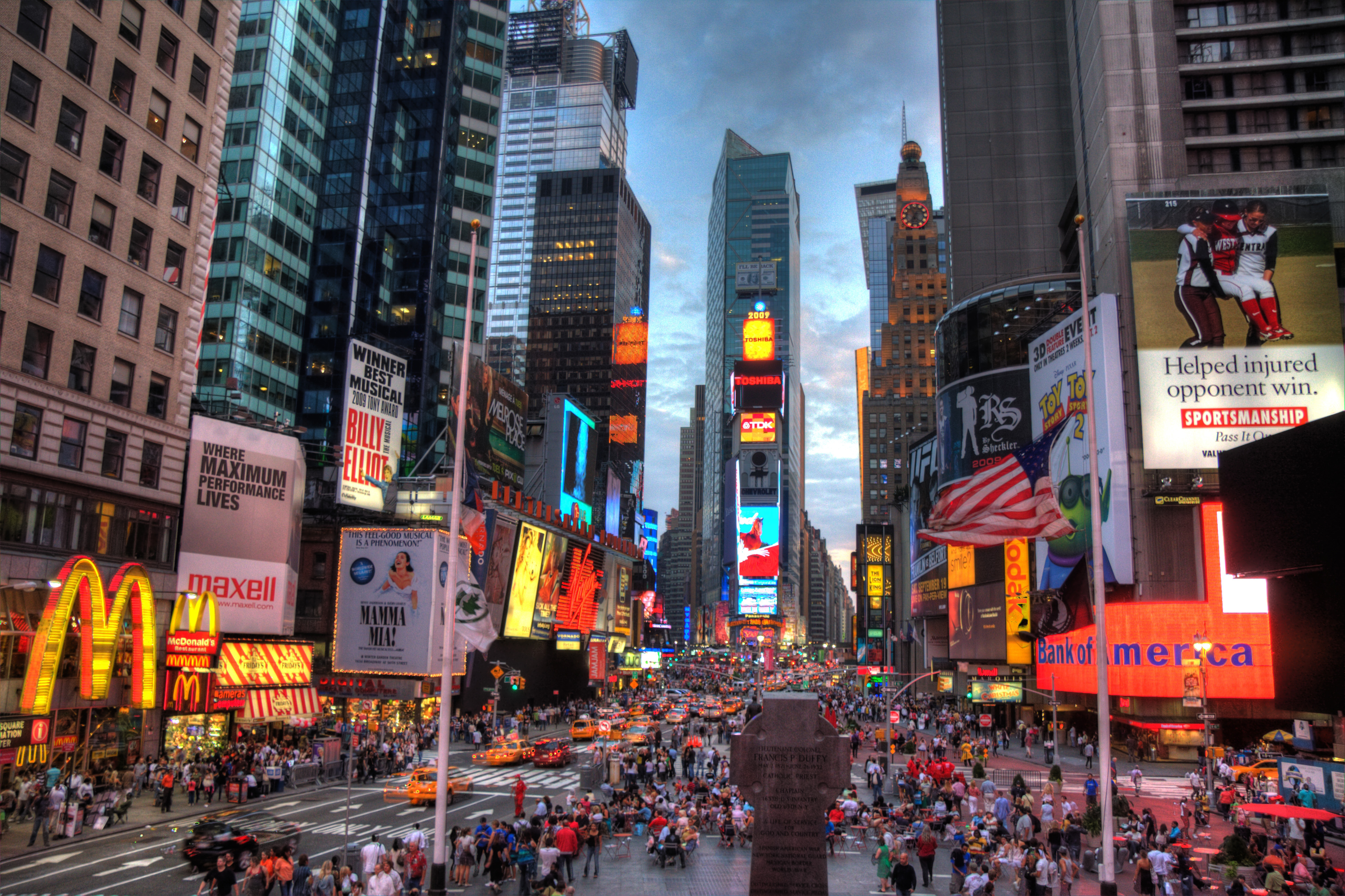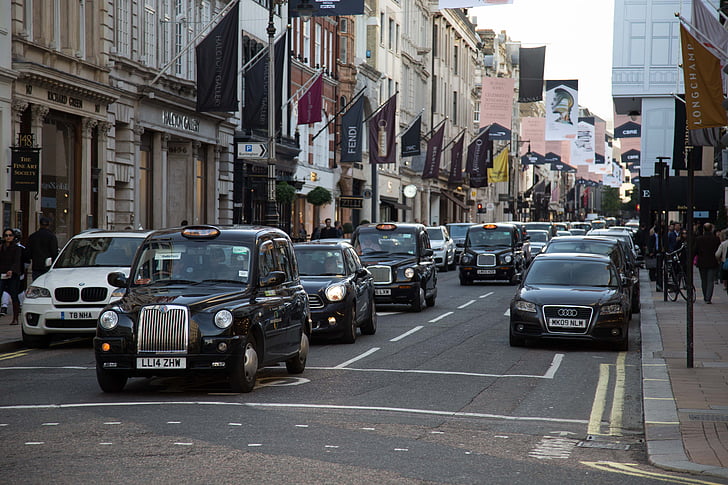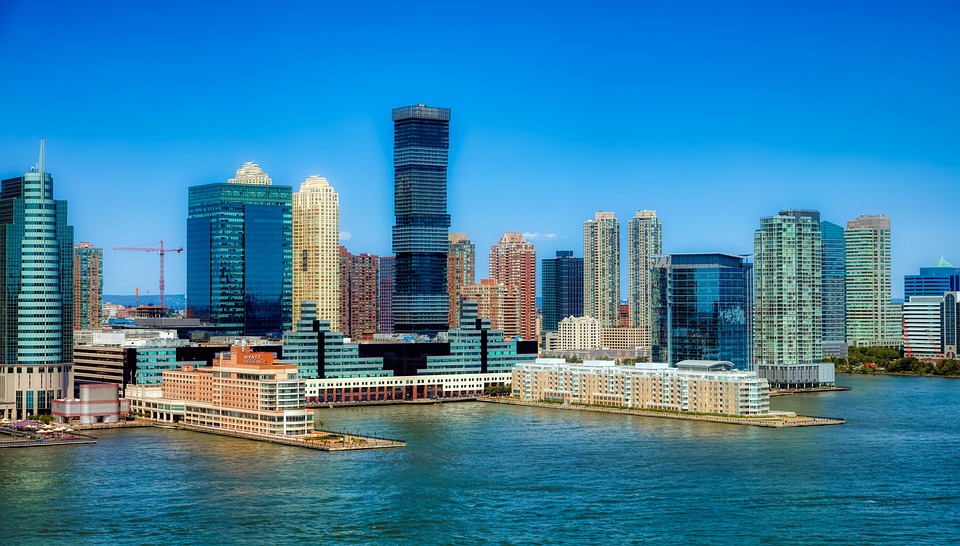It is important to learn about the Congestion Charge in London, and you may need to pay it if you are planning to visit London driving your private car. It applies to most vehicles entering certain parts of London, so it might affect your visit.
In this blog, we will provide you with detailed information about the London Congestion Charge, including what it is, the zone map, the congestion charge hours, how much you need to pay and how to pay it, and the penalties for not paying it, etc..
What Is the London Congestion Charge?
The London Congestion Charge is a fee levied on vehicles driven within certain areas of central London during peak hours. Introduced in 2003, it aims to reduce traffic congestion, improve air quality, and encourage people’s use of public transport.
It is managed by Transport for London (TFL), and the standard charge is £15 per day for vehicles entering the designated zone. All roads around the perimeter of the zone are monitored by Automatic Number Plate Recognition (ANPR) cameras. Usually, the funds collected are used to fund public transport and infrastructure improvements across London.
Map of the London Congestion Charge Zone (CCZ)
The Congestion Charge area covers approximately most of central London from Kings Cross in the north to Vauxhall in the south, and Paddington in the west to Whitechapel in the east, including the City of Westminster, the City of London and parts of the London Boroughs of Camden, Lambeth, and Southwark.
As you enter the Congestion Charge Zone, you will see a large letter “C” in a red circle on signs and painted on the road.
Areas Covered by London’s Congestion Charge Zone
- Barbican
- Bloomsbury
- Borough
- Charing Cross
- City of London
- Clerkenwell
- Covent Garden
- Euston
- Finsbury
- Fitzrovia
- Holborn
- London Bridge
- Mayfair
- Soho
- St James's
- St Pancras
- Waterloo
Postcodes in the London Congestion Charge Zone
- W1
- WC1,WC2
- EC1,EC2,EC3,EC4
- SE1 (parts)
- SE11 (parts)
- SW1 (parts)
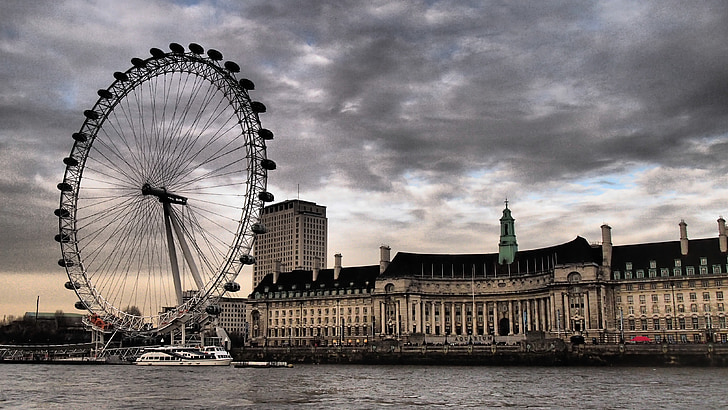
Which Cars Pay the London Congestion Charge?
Most vehicles driven within the London Congestion Charge Zone need to pay it. Drivers of cars with emission standards of
- Petrol: Euro 4 (NOx)
- Diesel: Euro 6 (NOx and PM)
have to pay the C-Charge if they enter central London during the specified times. These include private cars, vans, motorcycles, and standard petrol and diesel vehicles including hybrids.
However, there are some exceptions. The cars below don’t need to pay :
- Electric vehicles (EVs): Fully electric cars are exempt from the charge.
- Zero-emission vehicles: Cars with ultra-low emissions (like hydrogen-powered vehicles).
- Certain vehicles may also be eligible for a discount or exemption if they meet specific criteria, like disabled persons vehicles or historic vehicles (over 40 years old).
What Are the London Congestion Charge Times?
The Congestion Charge applies seven days a week:
- Monday to Friday: 7am.- 6pm.
- Saturday & Sunday: 12pm.- 6pm.
- Bank Holidays: 12pm.- 6pm.
In 2025, there will be no Congestion Charge on Friday, 18 April (Good Friday) or Monday, 21 April (Easter Monday). And there is usually no Congestion Charge on Christmas Day (25th December), Boxing Day (26th December), and New Year’s Day (1st January).
How Much Is Congestion Charge in London?
The standard London Congestion Charge costs £15 per day if you pay in advance or on the same day of travel. A slightly higher rate of £17.50 is charged if you pay up to three days after you travel.
After paying for one time in a day, you can drive in and out of the congestion zone as many times as you like on the day.
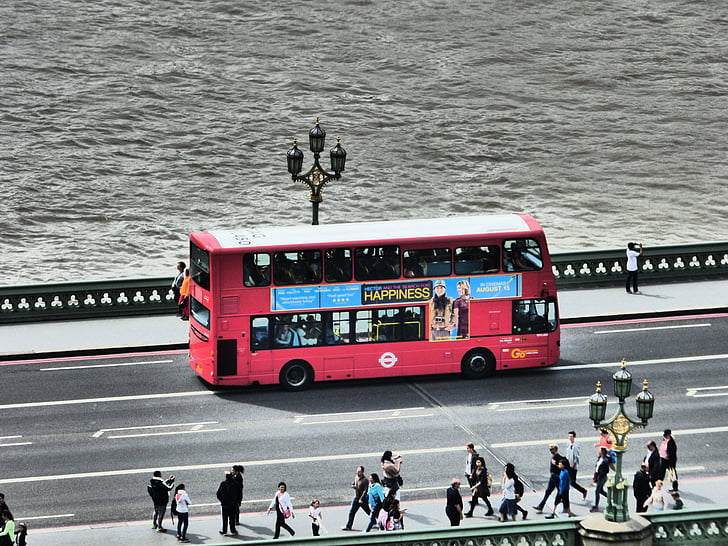
How to Pay Congestion Charge in London?
There are several convenient ways for drivers to pay:
- Pay Online
You can pay the Congestion Charge online on the TFL website. There is no need to register or create a password. Just enter your vehicle registration number and the country of registration. The payment is made by credit or debit card.
- Pay with the Transport for London’s Pay to Drive in London app
You can download TFL’s free Pay to Drive in London app from the Apple app store or Google Play to pay the charge.
- Pay by telephone
You can call TFL Pay to Drive in London Service on 0343 222 2222 from within the UK or +44 343 222 2222 from outside the UK, and the service time is 6 am-midnight from Monday to Saturday.
- Pay at selected newsagents and petrol stations in the London area
- Auto Pay
Regular users can also register for automatic payment (Auto Pay), which provides a discount of £1 per day.
Discounts and Exemptions to London Congestion Charge
- Discounts: People living within the Congestion Charge Zone enjoy a 90% discount.
- Exemptions: The following are exempted from the charge with an annual registration fee of £10.
- Disabled drivers with Blue Badge
- Petrol cars with emission standards of Euro 5 or 6 (NOx)
- Vehicles with nine or more seats
- Motorized tricycles
- Motorcycle riders do not have to pay the C-Charge or register for an exemption
What If I Don’t Pay the Congestion Charge?
Drivers who fail to pay the charge within 3 days after driving in the CCZ will receive a Penalty Charge Notice (PCN) for a £160 fine. If it is paid within 14 days, the fee is £80. Besides, if you don’t pay the fine within 28 days, the charge can increase to £240.
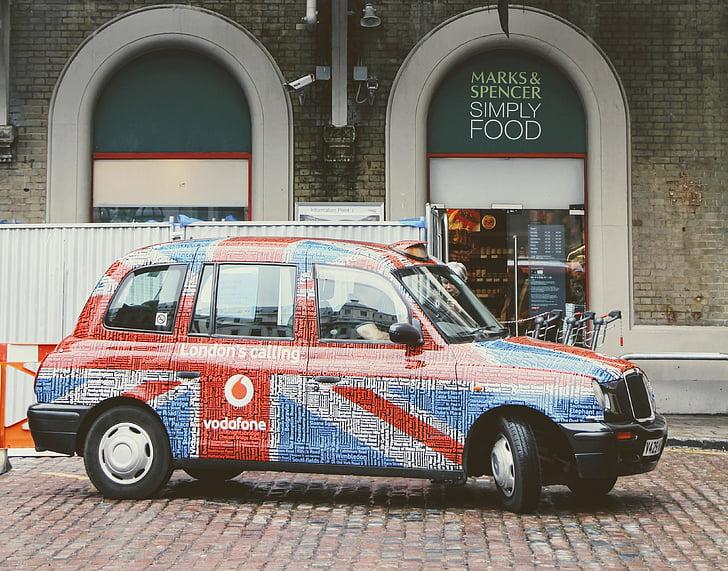
Can I Appeal A Congestion Charge Fine?
You have the right to appeal if you think the Congestion Charge fine has been taken unfairly. The reasons include:
- You have paid the charge
- Your vehicle was exempt
- You were not the keeper at that time
- The vehicle was used or taken without your consent
- You had registered for a 100% discount
- The vehicle was on hire to someone else
In addition, after receiving the PCN, you can challenge it by writing to the following address: Congestion Charging, PO Box 344, Darlington, DL1 9QE, and you can also contest it via the TFL website within 28 days from the date the PCN was issued to either pay or appeal.
Is the London Congestion Charge the Same as ULEZ and LEZ?
No, the London Congestion Charge, ULEZ (Ultra Low Emission Zone), and LEZ (Low Emission Zone) are distinct. The Congestion Charge focuses on reducing traffic pressure in central London, the ULEZ focuses on reducing air pollution by charging vehicles that don’t meet strict emissions standards, and the LEZ focuses specifically on reducing emissions from larger vehicles (e.g., trucks, buses, and coaches).
In some areas, the Congestion Charge Zone and ULEZ overlap, so a vehicle that enters both zones during applicable hours may need to pay both charges.
When Was the London Congestion Charge Brought In?
The London Congestion Charge was introduced on February 17th, 2003. It was implemented by the Mayor of London and Transport for London (TFL) to reduce traffic congestion in central London, improve air quality, and encourage people’s use of public transport.
The initial charge was £5 per day, and the zone covered a relatively small area of central London. Since then, the charge has increased to £15 per day, and the zone has expanded over the years, with further improvements to enforcement and additional zones like the Ultra Low Emission Zone (ULEZ).
Conclusion
The Congestion Charge in London is a key measure to reduce traffic pressure and protect the environment in central London. For drivers, travelers, and even students studying in London, it’s crucial to learn about the details of it to avoid unnecessary penalties, which can help navigate the city’s complex traffic policies. Staying informed ensures a smoother experience and prevents unexpected fines when traveling or studying in London successfully and happily.
Find more information including things to do in London and places to live in London, and get great and affordable accommodation on uhomes.com.
FAQs
To make clear the congestion zone, you can check the official map on the TFL website. It will also be signposted on the roads across London. As you enter the Congestion Charge Zone, you will see a large letter “C” in a red circle on signs and painted on the road.
The Congestion Charge area covers approximately most of central London from Kings Cross in the north to Vauxhall in the south, and Paddington in the west to Whitechapel in the east, including the City of Westminster, the City of London and parts of the London Boroughs of Camden, Lambeth and Southwark.
Drivers who fail to pay the Congestion Charge within 3 days after driving in the CCZ will receive a Penalty Charge Notice (PCN) for a £160 fine. If it is paid within 14 days, the fee is £80. Besides, if you don’t pay the fine within 28 days, the charge can increase to £240.
The London Congestion Charge is a fee levied on vehicles driven within certain areas of central London during peak hours. Introduced in 2003, it aims to reduce traffic congestion, improve air quality, and encourage people’s use of public transport.
No, not everyone has to pay the London Congestion Charge. While most vehicles driving within the Congestion Charge Zone during operational hours (7 AM to 10 PM, Monday to Friday) are required to pay, there are exemptions and discounts, including Electric Vehicles (EVs), residents living within the Congestion Charge Zone, disabled People, and alternative fuel vehicles.
